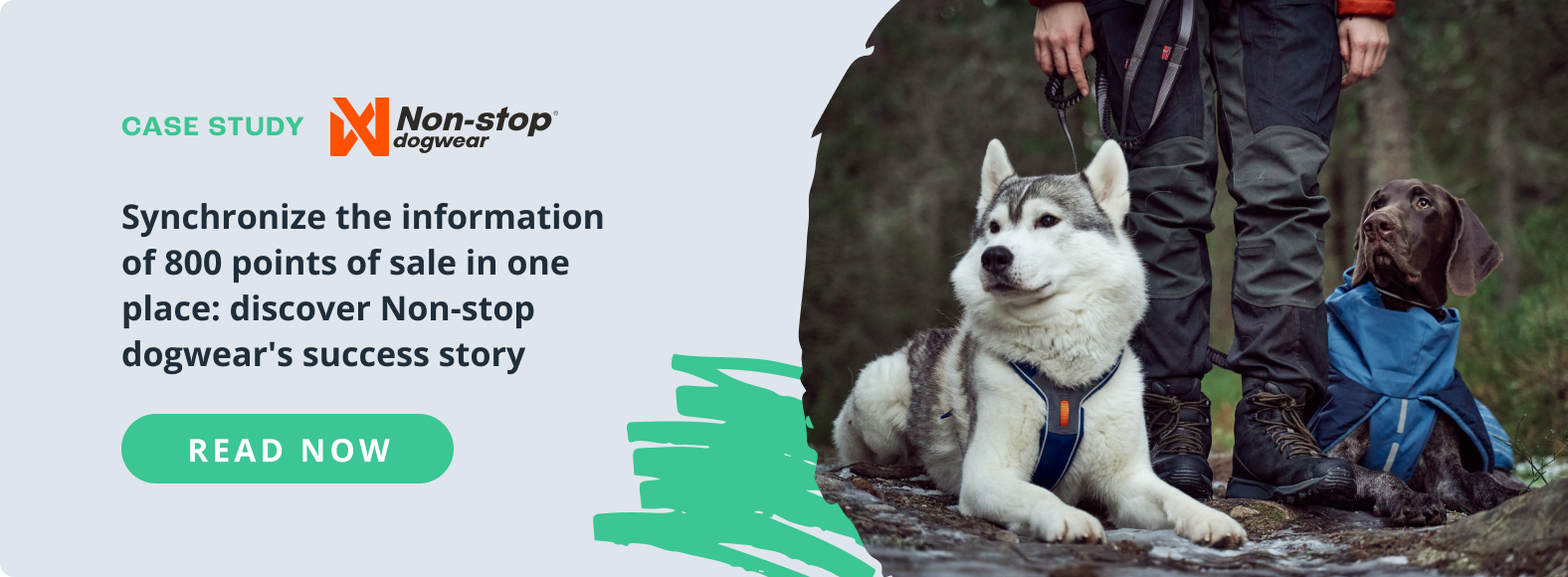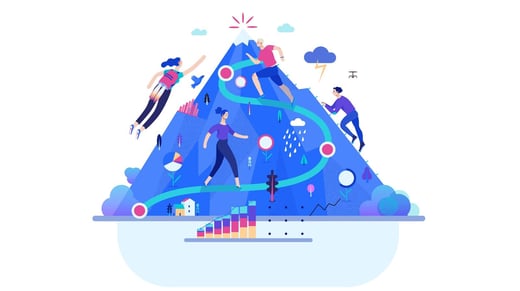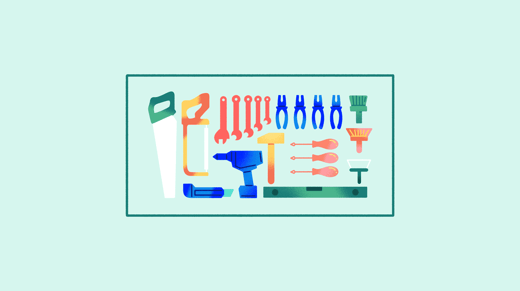
The pandemic’s impact on the sports sector
Spending more time at home due to lockdowns has brought about, surprisingly, people moving more.
Amongst the most sought products from the start of the world pandemic in March of 2020, the sports sector has been amongst the lucky ones whose activities have kept going and even increased in demand.
More people have added exercise to their routines to compensate for a lack of mobility and spice up their lives at home during lockdowns. Others who are more used to doing sport have had to buy all the accessories that they had before in their gyms.
In addition, amongst the options for comfortable clothing to be at home, sports fashion has begun to gain ground for all ages.
The most notable change has happened in terms of the shopping experience: physical shops have been closed temporarily and buyers have started to turn to online orders more, as well as home shipping, contactless pickup at shops, etc.
In short, despite the terrible circumstances, the future is promising for sports product manufacturers and retailers. This is a unique chance to move forward in digitalization and adapt the shopping experience to consumers’ needs.
The new consumer of sports products
Practically all demographic groups have become assiduous consumers of sports products. This translates into a great opportunity for manufacturers and retailers in the sector: entire families, group sports, solitary exercise, indoor and outdoor sports, basic to expert and professional levels, accessories that can be part of leisure or fun activities... even sports with pets, like those which use the harnesses by Non-stop dog wear (an example of a catalog managed with Sales Layer software).

The new consumer of sports products is seeking variety but, above all, he/she wants it to be easy to compare and understand products. Many times, sports product catalogs are very large and the different product lines full of options can overwhelm the consumer.
This is where the vital role of a personalized shopping experience that meets consumers’ needs in which the product contents plays an important role comes into play. Being able to quickly understand each product, filter and compare without any type of confusion, and find the best products for each individual circumstance (age, gender, level, etc.) are all important to online consumers. Therefore, those things are also the aim of manufacturers and retailers who must have management and optimization software for product contents, like a PIM system.
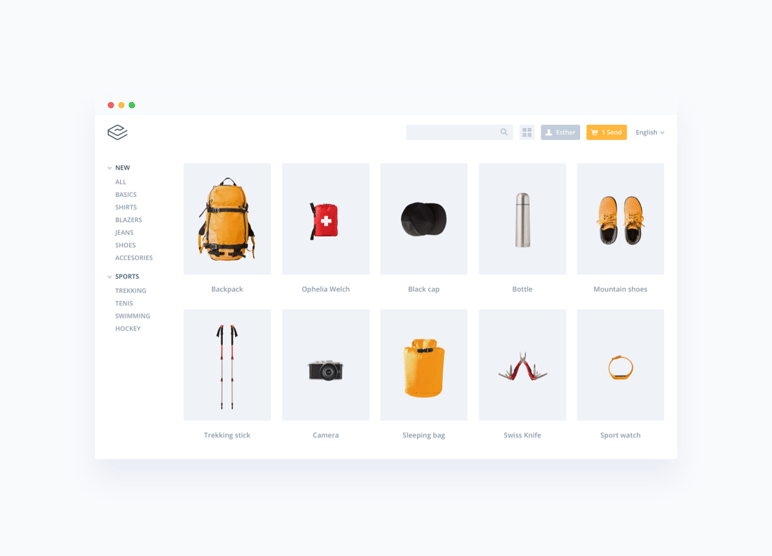
In addition, online shoppers what their products now: they seek quick buying and shipping or pickup options, ease with returns, warranties, and extra training. Many customers are buying a fitness ball or static bicycle for the first time: the brand or seller who helps them with extra content will be the one who stands out and gains more trust amongst consumers.
Challenges for manufacturers and distributors of sports products
On the one hand, this year (and those to come) has shown the urgent need for manufacturers and retailers to speed up their digitalization process to meet increasingly more omnichannel demands.
On the other hand, so many opportunities means responding with a well-focused strategy instead of trying to cover everything possible. Every brand and retailer will have to analyze where their specialization lies, or if they want to tackle a more comprehensive approach with all the sports sectors within their reach.
For this analysis, it is useful to compare past sales figures and those of this year with the new consumption changes. Also take into account the region of the sales and what sports can be sold throughout the year instead of only at specific times of the year.
The next point in a digital strategy is where to position the products. If you are a manufacturer, you will have to study the online channels that are the most popular for buying sports products (and what specialized marketplaces there are with good traffic numbers).
If you are a retailer, in this time of increased online demand, it will be important to have a well-studied network of suppliers that allows regular stock to be kept up in order to meet shipment expectations and provide customers with a good shopping experience.
Trends for the sports sector in 2021
Online purchases
As we have mentioned, the star of this year and the coming years will be ecommerce. Although physical shops will continue to attract the majority of the sales, online channels have accelerated their presence and importance for customers a lot recently.
In fact, 40% of sports product consumers now turn to online shops or marketplaces to both compare and find information about catalogs and to make purchases.
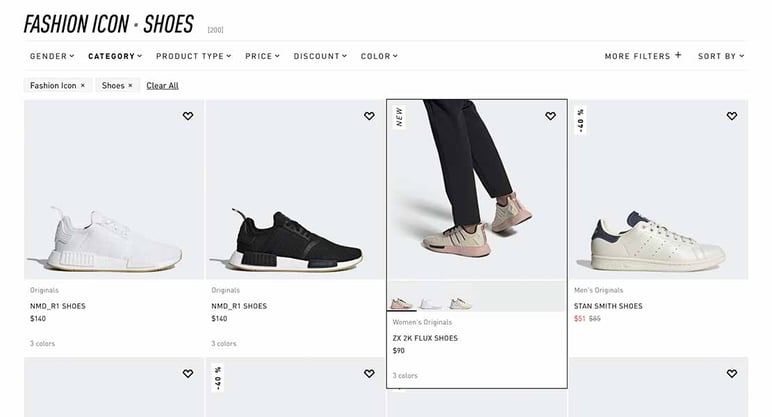
That’s a tried and tested argument for retailers to develop their digital strategy and for brands to distribute their products over all possible channels from retail shops to platforms like Amazon or their own websites for D2C sales. Remember that a PIM system is becoming the most effective form of help to manage sending product information to all those channels in real time and without errors.
Product experience
Buying sports shoes is more than just having comfortable sneakers to run in. The consumer needs to feel that he/she is acquiring something more: inspiration to start doing exercise and better oneself, a certain style that takes away from the boredom of sports products from yesteryear.
In short, you must offer the shopper something more than technical data about materials and prices. Manufacturers and retailers must make an effort to create an experience around the product so to make it unforgettable, attractive, and recurrent.
Whether talking about online shops or physical shops, brands are increasingly aiming to offer extra experiences: personalized queries, trail training sessions, demonstrations of the use of machines, workshops and free classes, etc.
The sports shop is becoming a big, improvised gym where customers can discover sports and activities and, while they’re at it, take all the necessary equipment home with them.
And also at home: for example, Lululemon markets Mirror, a device that displays information and exercise tracking on the surface, such as a stopwatch and instructions.

The pandemic’s trend is here to stay: Athleisure
Being at home 24/7 has favored sports clothing as an alternative to wearing a pajama all day.
The athleisure style is now a trend amongst celebrities, influencers, and fashion connoisseurs – and consumers also want to replicate this style with casual, comfortable clothing – but it has to be more noteworthy than the typical gray sweatsuit.
This adds another interest group for sports brands and sellers: people who perhaps are not interested in playing any specific sport, nor are they interested in equipping their homes with yoga mats and wights. Having said that, they are interested in filling their closet with sweatshirts, leggings, and down coats.

Virtual visits
And the experience is not just an online one: it will become more and more interactive.
Think about virtual reality and augmented reality experiences that allow you to try or experience the products without having them in front of you, or to be virtually immersed in a sports scenario.
This technological support will be useful both in terms of the online experience (to make up for the inability to touch the products) and in physical shops (to reduce stock on display and make personalization easier).
Digital (and artificial) assistance
Online shoppers expect fast service at any hour. To keep the bar high, more and more brands are turning to chatbots based on artificial intelligence that can search through data in milliseconds and make personal suggestions to users.
They are also useful tools to answer quick questions about available stock, shipping times, and –the most interesting thing for you– to analyze user behavior and make predictions based on the most usual requests and questions.
More personal, innovative products
In reality, all the aforementioned steps come back to this one.
Complete, well-drafted product contents, a variety of channels, and tools that give virtual support to the buyer are the basis for being able to personalize both the product and the shopping experience. For example, being able to choose the color of a climbing rope, as Rope offers (another example of a catalog managed with Sales Layer), or customizing sport garments, like Nike by you.
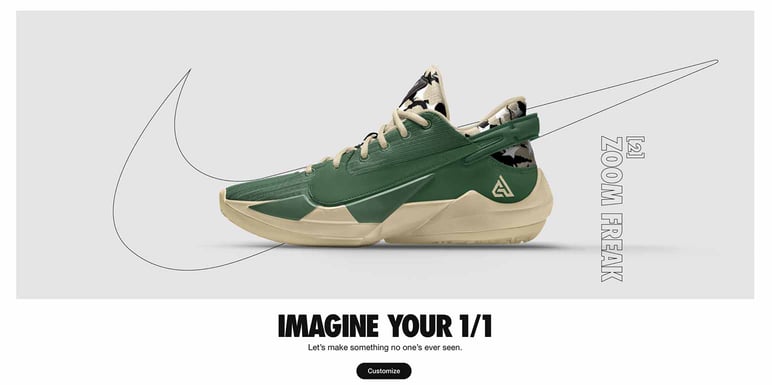
This requirement will be increasingly more important and will have repercussions on the manufacturing and distribution cycles: innovation must be increasingly fast, as well as the availability of personalized products on demand. 3D printing could be relevant for the future.
Sustainability
Lastly, the trending topic of the year which will establish itself more firmly in years to come is a concern for sustainable consumption.
Buyers pay more and more attention to the conditions under which products have been manufactured, the materials they are made of, and their impact on the environment. Therefore, brands who opt for a greener, more committed strategy will attract the attention of a greater number of sports product consumers (in addition to contributing to the planet).

Conclusion
All sectors have had to acknowledge the importance of digitalization, and the sports sector must accelerate that digitalization to take full advantage of the good fortune the sector is seeing in terms of sales and demand.
Opting for the right tools, like a PIM solution, will help to digitalize your product content and send it to all the players involved and sales channels of any sales strategy. This is the only way to offer an outstanding shopping experience and product that are both based on complete, error-free data.
Try a PIM solution for free with Sales Layer and, if you prefer to have personal classes, ask us to give you a demo so that we can show you the software firsthand. It’s as easy to start and just as good for you as a yoga class.



